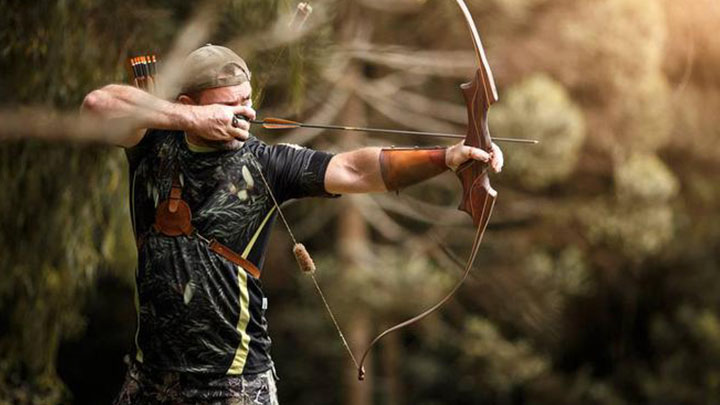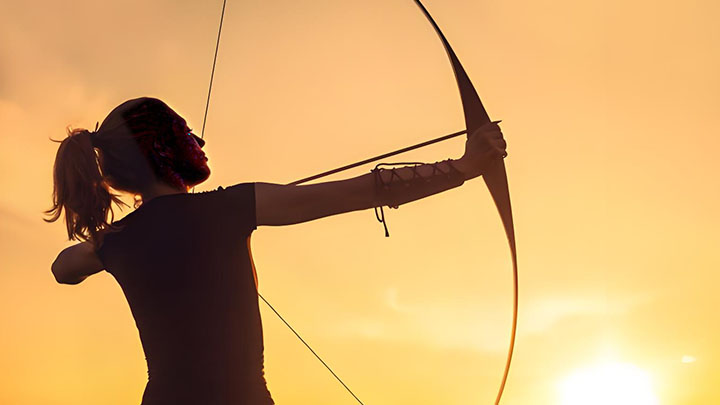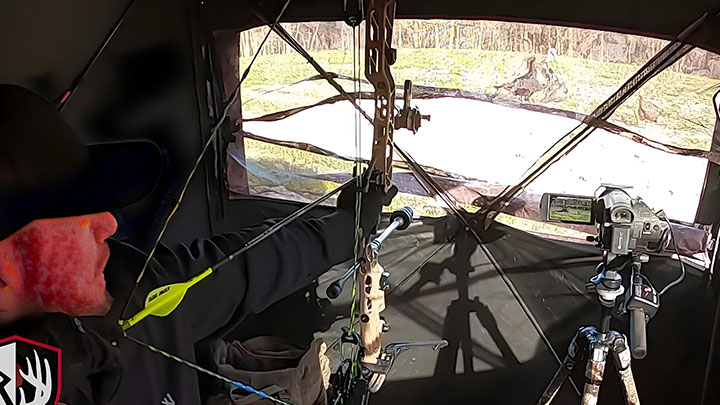How to Choose a Recreational Bow: A Beginner-Friendly Guide
If you're interested in archery as a hobby—for fun, fitness, or casual target shooting—you’ll want a bow that’s comfortable, easy to use, and suited for recreational use. Whether you're shooting in your backyard, at an archery range, or just starting out, this guide will help you choose the right recreational bow to get the most enjoyment out of your experience.
1. What Is a Recreational Bow?
A recreational bow is designed for casual shooting rather than competition or hunting. It's generally lighter, easier to draw, and more affordable. These bows are perfect for beginners, families, or anyone who wants to enjoy archery without the pressure of performance.
2. Types of Recreational Bows
Here are the most common types used for recreational archery:
- Recurve Bows: The most popular choice for beginners. They are lightweight, easy to assemble, and widely available in starter kits.
- Takedown Recurve Bows: These can be disassembled into three parts (riser + 2 limbs), making them portable and adjustable.
- Longbows: Simple and traditional, but usually larger and slightly harder to master for new archers.
- Youth Bows / Beginner Kits: Designed specifically for kids and teens, with lower draw weights and smaller sizes.
- Compound Bows (Lightweight Models): Though often used in hunting, some compound bows are designed for beginner recreational shooting with lower draw weights and simpler designs.
3. Key Factors to Consider
Draw Weight
Choose a draw weight that you can pull comfortably and repeatedly without strain.
- Kids: 10–20 lbs
- Teens: 15–30 lbs
- Adults: 20–35 lbs for casual shooting
Too much draw weight can cause fatigue and bad habits, especially for beginners.
Draw Length
Your draw length is how far you pull the string back. It should match your arm span and feel natural. Most beginner recurve bows come with adjustable options.
Bow Size (Length)
Longer bows tend to be more stable and forgiving. For beginners:
- 58–64 inches is ideal for adults
- 48–58 inches for children or youth
Right-Handed or Left-Handed
This is based on your dominant eye, not just your dominant hand. Right-eye dominant shooters should use right-handed bows (held in the left hand, string pulled with the right).
4. Ready-to-Shoot vs. Custom Setup
Many recreational bows come in starter kits, which may include:
- Arrows
- Arm guard
- Finger tab or glove
- Arrow rest
- Sight (optional)
These kits are a great option for beginners who want everything in one package.
5. Materials and Build Quality
- Wooden risers look traditional and feel warm in the hand
- Metal risers are more durable and offer more balance
- Fiberglass limbs are durable and flexible—great for beginners
- Avoid very cheap plastic bows—they may break or shoot inconsistently
Final Tips
- Test before buying if possible—feel the grip and try a few shots
- Start simple, then upgrade gear as you gain skill
- Join a local club or class to get tips and practice safely
Conclusion
Choosing a recreational bow doesn’t have to be complicated. A lightweight, comfortable recurve bow or beginner kit is often the best place to start. Focus on proper fit, ease of use, and enjoyment rather than advanced features. With the right bow, you’ll be on your way to discovering how fun and relaxing archery can be.




